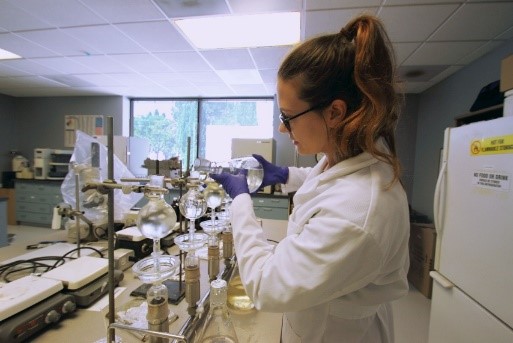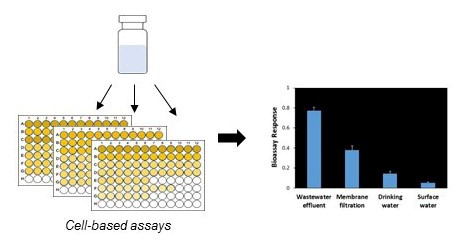Pilot study launched to test SCCWRP’s new CEC monitoring framework statewide

SCCWRP has launched a three-year pilot study to evaluate its newly developed CEC monitoring framework across Southern California watersheds, an effort to understand how to effectively apply the framework to identify and monitor the most relevant environmental contaminants in receiving waters statewide.

The pilot study, launched in May, will test the effectiveness of the CEC monitoring framework developed by SCCWRP last year. This framework incorporates bioanalytical screening tools and diagnostic non-targeted chemical analyses to improve CEC monitoring; the framework is intended to improve upon the traditional, chemical-specific, risk-based paradigm, which has not been able to keep pace with the many thousands of chemicals introduced via stormwater runoff to ambient receiving waters.
SCCWRP worked with the Southern California Stormwater Monitoring Coalition’s Regional Watershed Monitoring Program to collect water samples from 30 sites in Los Angeles, Orange/Riverside and San Diego counties in May. With Year 1 sampling and processing recently completed, SCCWRP has commenced screening the samples using in vitro CEC bioassays.
Once screening by bioassays is complete, the CEC framework may call for diagnostic non-targeted chemical analysis to identify bioactive contaminants missed by conventional monitoring (i.e., the targeted chemical analysis).
The Stormwater Monitoring Coalition pilot study marks the first opportunity to test the CEC monitoring framework. SCCWRP is collaborating with water-quality managers across California to conduct other regional and statewide pilot studies to further develop and test this framework.
For more information, contact Dr. Keith Maruya.
More news related to: Bioanalytical Cell Screening Assays, Emerging Contaminants, Top News